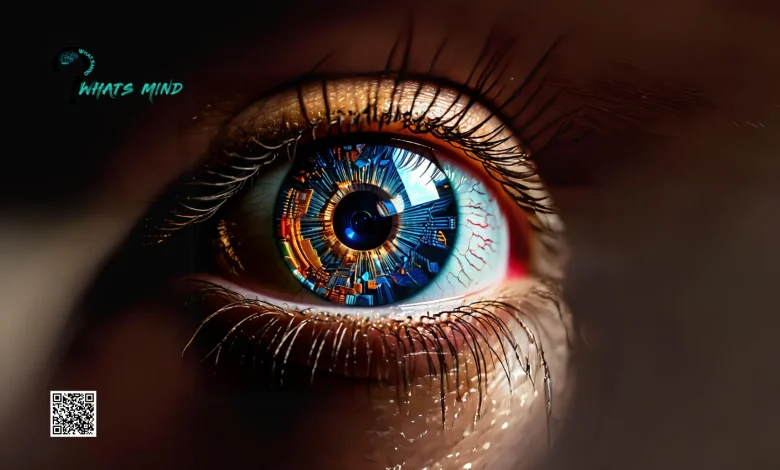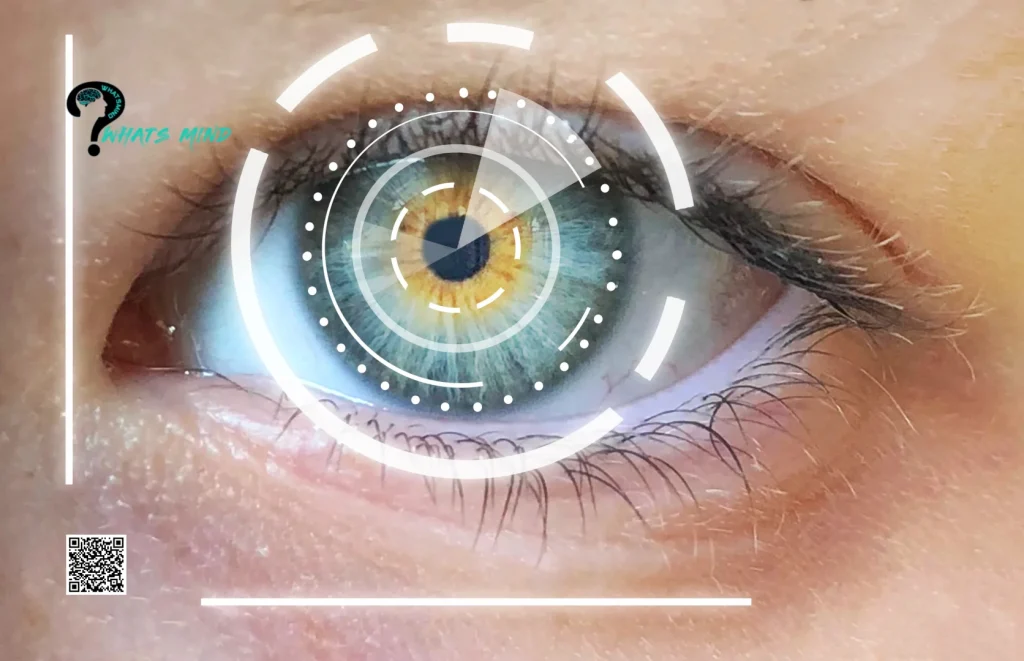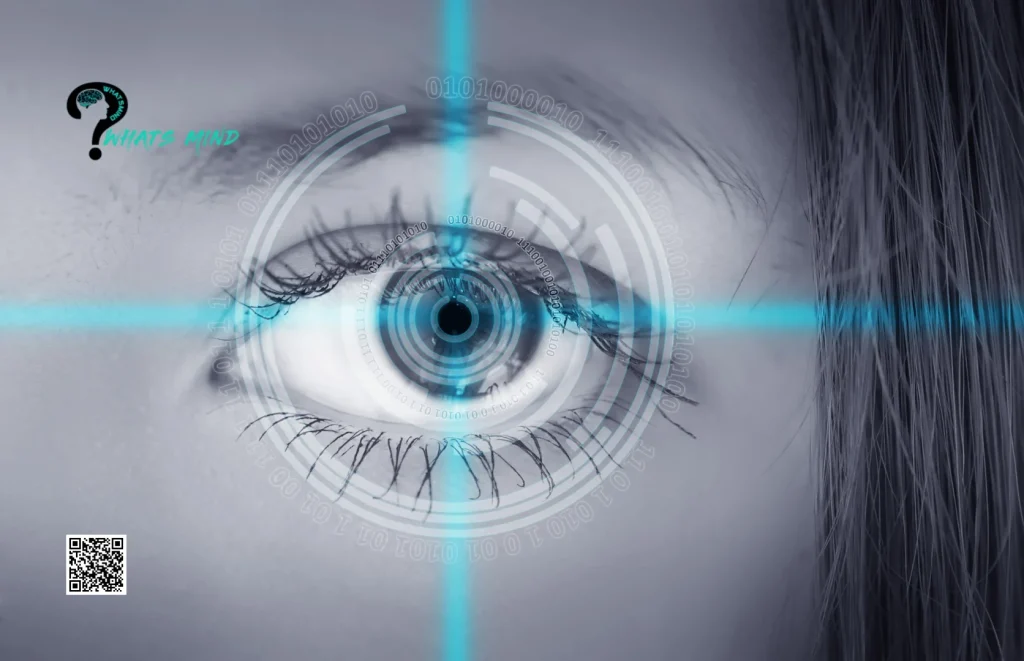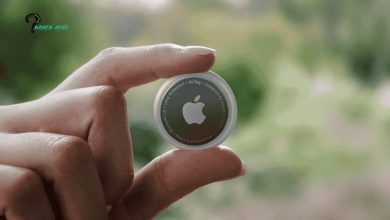How will a Solar Panel for the Human Eye Impact on the Lives of People

The University of New South Wales (UNSW) ranks 2nd in Australia as the best university. UNSW engineers are examining eyes as they’re gearing up to add a solar panel for the human eye. The panels will be implanted into human retinas to restore eyesight.
The engineers are working on neuroprosthetics technology to vastly improve the quality of life. The devices interact with the nervous system to restore the lost functionality of organs. People who can’t see clearly can finally glimpse at the colors of life and embrace the light without any glasses or lenses through the invention.
Likewise, engineers have an implant of cochlear which converts sound into electric signals. The signals directly stimulate the auditory nerve in humans, henceforth, people with hearing loss or severely damaged hearing can hear normally.
Table of Contents
How does a Solar Panel for the Human Eye Work?

Are you wondering if the project of implanting a solar panel for the human eye is possible? Thectexhnologu is making advancements day by day and the fictional or utopian dreams of people are no longer a fantasy. A solar panel for the human eye is one of those inventions that will greatly influence the lives of people.
People who have damaged photoreceptors (cells in the eyes that are responsible for detecting light and color) can’t see clearly. However, a team of professional researchers around the world including clinicians, engineers, neuroscientists, and other biotech faculties believes that the idea has the scope and the possibility of its success is high.
One of the UNSW researchers, Dr. Udi Roemer, is researching solar technology. The photovoltaic engineer dealing with solar panel technology is in his early research phase. According to his research, he has to bring about a solution on how to convert the light entering the eye into electricity. If it converts into electrical signals, the damaged part won’t be able to hinder the photoreceptors from transmitting visual information to the brain.
According to Dr. Roemer, people with certain diseases and age-related vascular degeneration lose their eyesight gradually. Likewise, patients with retinitis pigmentosa faced degeneration of the photoreceptor at the center of their eyes. To cure the retina related eye diseases, they are trying to research various solutions:
- Biomedical implants in the retains
- The usage of electrodes to create voltage pulses in the eye to make people see the image
Although, the engineers are clinically testing the methods. Meanwhile, the clinicians find it tough to add wires along with modern technology into the eye. Henceforth, they need to observe a wireless option.
What are the Wireless Options of a Solar Panel for the Human Eye?
Unlike adding electrodes into the eye, the researchers are trying to utilize its alternative method — adding a tiny solar panel in the eye. The solar panel will be linked with the eyeball and its function will be to convert life into electrical impulses. Then, the sensory neurons will transmit them to the brain. Hence, it will eventually form our visual fields and we’ll be able to see the spot.
Solar panels will be naturally self-operational and portable, hence, you won’t need to install cables and wires in the eye.
Do you think Dr. Roemer isn’t the first to investigate solar panels and their installation into the eye? He is investigating functionalities of solar cells, silicon-based devices, and semiconductor materials to restore sight. The major semiconductors he’s focusing on are gallium, indium phosphide, and gallium arsenide. Gallium semiconductors are easy to tune due to their material properties.
Moreover, solar industries also employ them. They have multiple perks for the industrialists, such as inexpensive costs, and efficiency. As compared to all-purpose silicone, gallium is expensive.
How Can I See with Solar Cells?

Installing a solar panel for the human eye requires high voltage. One solar cell can’t provide the required quantity of voltage to send the signals to brain cells. Almost three cells might be able to send the signals to the brain. The process is difficult to achieve with silicon, therefore, the engineers are using gallium instead.
Until now, Dr. Former has successfully put two solar cells together in the lab of about 1 cm². In the next step, they have to make them into two ting pixels needed for sight. Apart from that, they have to etch the grooves to separate them to achieve the stack of three solar cells. The small step of changing it into pixels is significant for the progress of the experiment.
After its successful prototype formulation which will be soon, they will test the product in humans. Until now, they have conducted extensive research on animals in the lab and the results are satisfactory.
How will the Eye Solar Cells Device Look?
According to Dr. Roemer, the technology will be about 2 mm² in size, along with pixels measuring about 50 micrometers ( a micrometer is one-hundredth of a millimeter).
In addition, he shared that solar cells might not be activated with normal sunlight. As a consequence, the user might have to wear additional goggles or a device to amplify the sunlight to a certain extent to activate the electric signals in the solar cells.
What do you think about the new research and innovation of a solar panel for the human eye and how it will impact the lives of people with eyesight issues, comment below.
For more info visit Whatsmind.com




